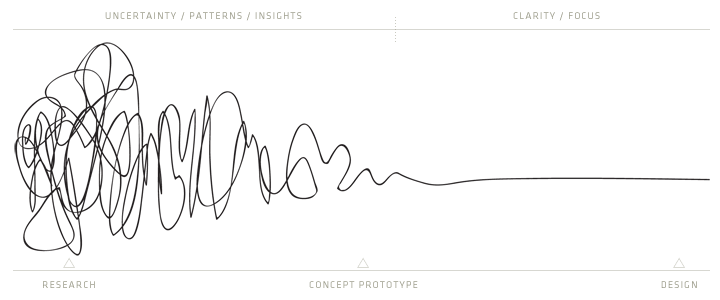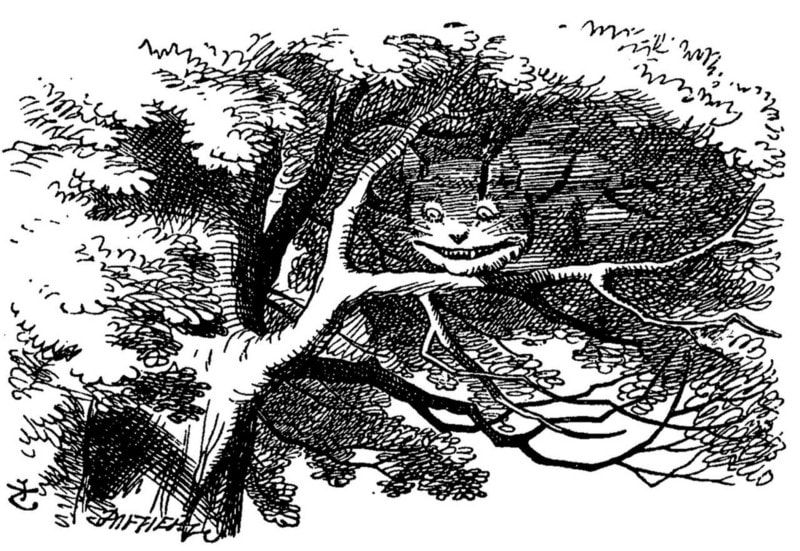On a long-dead forum that existed on a previous incarnation of the internet, I posted a thread photo-documenting a recipe and process for a lasagna. After a handful of congratulatory comments, someone posted, “That looks tasty, but it’s not lasagna. It’s some bastardized baked pasta.” It stung a bit.
They posted their own thread documenting an authentic Italian lasagna. It looked better than mine. I tried the recipe. Theirs was better.
Defining Design – Designers are not pretty makers.
I think most of the general public and many designers believe that design means graphics. For most, design is the end product, whether it’s a website, brochure. These are the artifacts or byproducts of design.
Design, to me, is the process behind that finished product. It is all of the steps taken to get to that deliverable.

In the eyes of the world, a designer is someone who makes something pretty. To me, a designer is someone who solves problems.
Weeks before I sit down in front of Sketch, XD, or Photoshop, I sit down with our potential client and have a conversation. In that conversation, I ask questions about their business, their ideal customers, their product market fit, their competitors, what problems they solve, what problems they have, their goals, and the obstacles in front of them. Then I listen. While listening, I resist the urge to start solving their problems.
After that conversation, I take some time to determine whether we are a fit to partner with them. Our mission at Resolution is to build a portfolio of results rather than a portfolio of pretty sites. If the client is looking for a self-prescribed quick fix, we politely refer them to one of the myriad generalist design firms.

If we believe in their project, believe we can help them, believe they are willing to spend the time, money and effort to achieve their goals, and believe that they are coming to us for our expertise, then we propose a partnership. To us, this means that we are willing to take on our client’s project as if it were our own and put all of our experience and passion into seeing it succeed.
When that partnership is accepted, we facilitate a discovery session where we ask a hundred more questions about their mission and business objectives. During this session, we use a combination of problem-solving methods including Design Thinking, Core, and our own One True Process to define the problem and ideate potential solutions.

I take the findings of our discovery session and create a strategic brief. In this brief, I clearly define the problem we are attempting to solve and set measurable goals based on our client’s mission and business objectives. There are profiles of the customers for whom we are designing, brand attributes, SWOT analysis, a competitive audit, and a creative brief.
If the project requires information architecture, we use our user stories to create user flows, wireframes, and content specs. If we’re branding, we create stylescapes, identity systems, color palette, typography, iconography, messaging voice, and branding/style guides. If we’re designing a website or application, we define the front end specs, developer specs, user interface, user experience, and user testing.

As we design, we refer back to this brief to make sure that every decision we make is justifiable in terms of the objectives we have collaboratively set.
Again, this is all before we get into the design of the final deliverable, for which we have another set of systems, rules, and best practices.
The reason we go to all this trouble.
“Would you tell me, please, which way I ought to go from here?”
“That depends a good deal on where you want to get to,” said the Cat.
“I don’t much care where — ” said Alice.
“Then it doesn’t matter which way you go,” said the Cat.
“ — so long as I get SOMEWHERE,” Alice added as an explanation.
“Oh, you’re sure to do that,” said the Cat, “if you only walk long enough.”

We do all this research and work before we begin designing to give the project the best chance to succeed. During each of these phases, we are acting as cartographers. Strategy is the map and the directions to the desired destination.
I sometimes miss the carefree days of pointless, pretty design, but it doesn’t compare to the deep satisfaction of doing my job well, delivering results that address the real needs of our clients, and exceeding their expectations.
Finally, to the designers out there whose primary goal is making something pretty enough to achieve a design award, I hope you will forgive me when I say, “That looks tasty, but it’s not lasagna.”